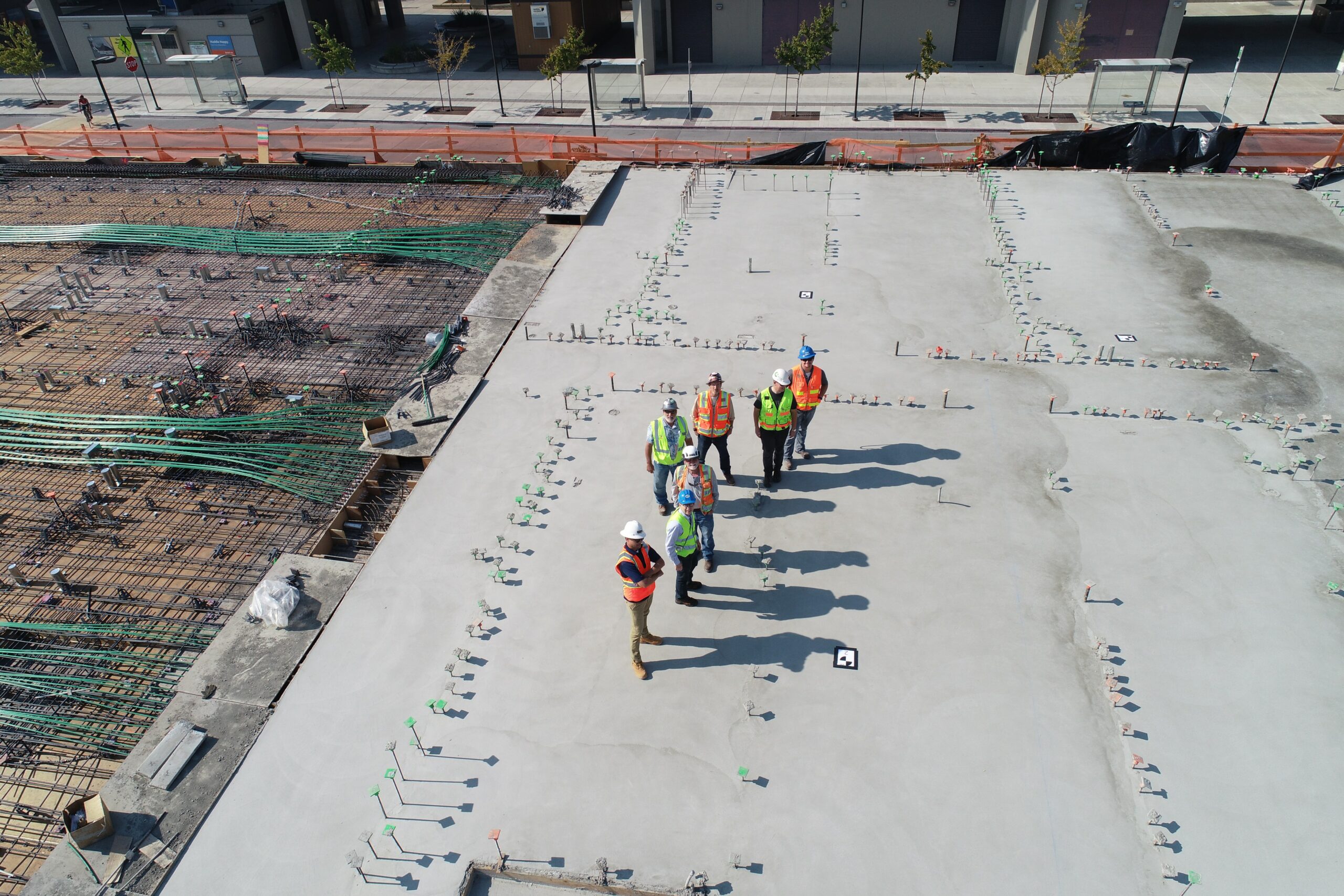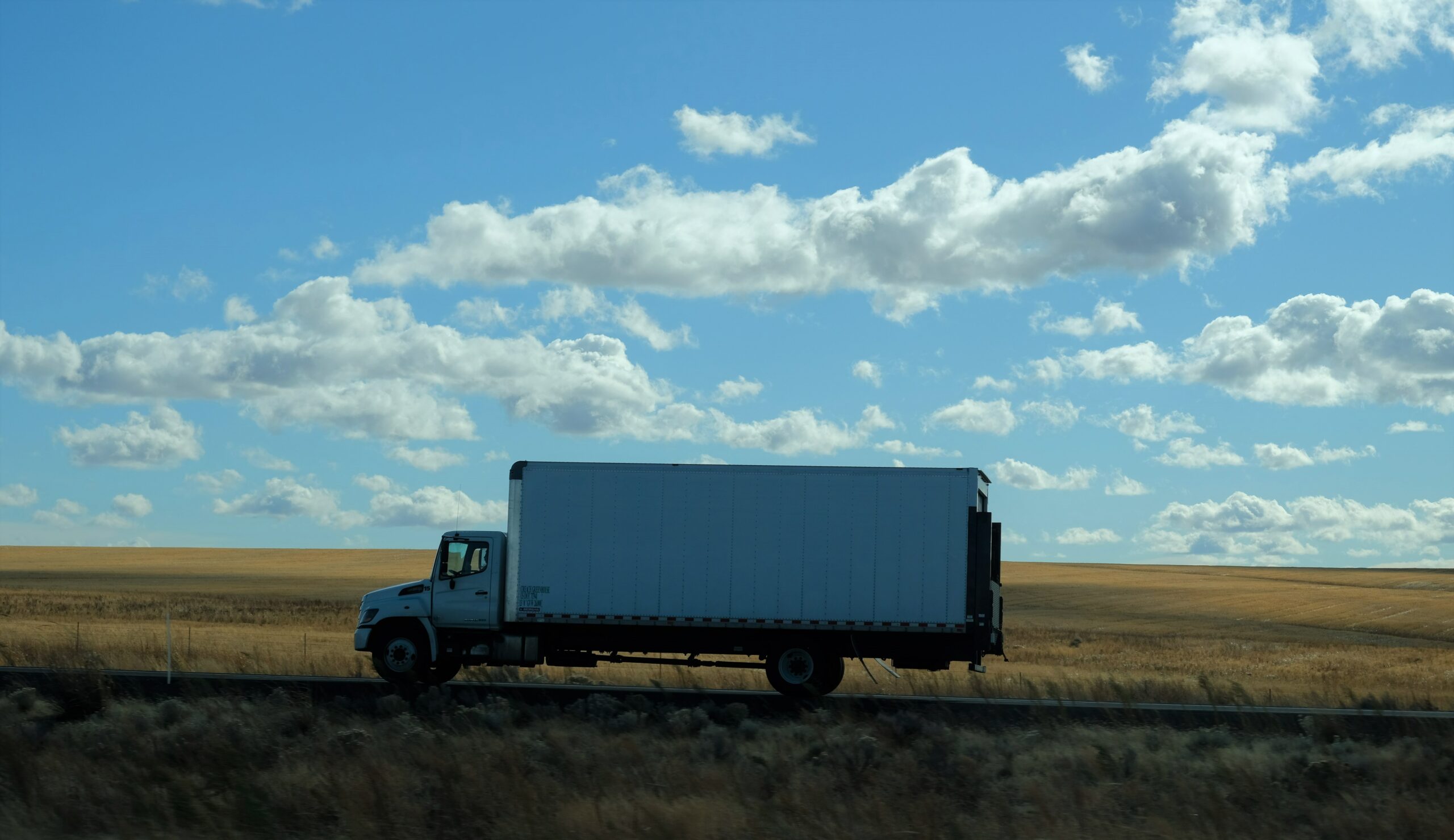
OSHA – Regulatory Enforcement

As we launch into Spring, it is not only the weather that is heating up. OSHA is planning for a year of compliance scrutiny. The current administration and OSHA leadership have their sights set on increasing regulatory enforcement. As such we can anticipate more focus from OSHA on inspections/audits with additional emphasis on repeat/severe violators.
Understand that OSHA is taking a simplified approach to its auditing and citation process. The objective is to quickly see as much as they can (especially what they consider to be the focused four: Cranes, Falls, Excavations, and Electrocution). If they can see it from public view, they are going to take a closer look.
OSHA’s simple approach; observe (record if possible) and inspect. Much like a good superintendent, they will observe from a wide perspective starting at the perimeter and focusing inward from there. They are looking for unsafe acts and conditions (that do not meet the standards).
If OSHA is at your location, chances are they have already observed (recorded) items of concern and will be assertively looking to write citations. Once on site, they will then focus on training, task planning, and hazards mitigation/control.
Your best defense against OSHA starts with a written and well-established safety program that identifies company standards and minimum expectations of safe, work practices. This safety program should be supported by documented training and authorization (by topic) required for safe work.
Pre-task plans and safe work practices should be supported by documented safety meetings (such as JHAs/JSAs, etc.). Safe work activities should be verified by routine site reviews by supervision (the verify portion of trust and verify). This is becoming an increasingly difficult challenge to satisfy OSHA’s thirst for verification (documentation). Documenting site reviews is essential, verifying crews are working according to the plan and the plan remains appropriate for the task (no changing conditions) and noting corrective actions and adjustments as required.
Under the current direction, companies can quickly accumulate numerous citations as we are seeing a tendency for OSHA to cite on an instance-by-instance basis rather than grouping citations.
You can find more OSHA-related articles on our blog page at Blog | Innovise Business Consultants (trustinnovise.com)
Need assistance with your Safety and Risk Control programs? Contact your Innovise team!



